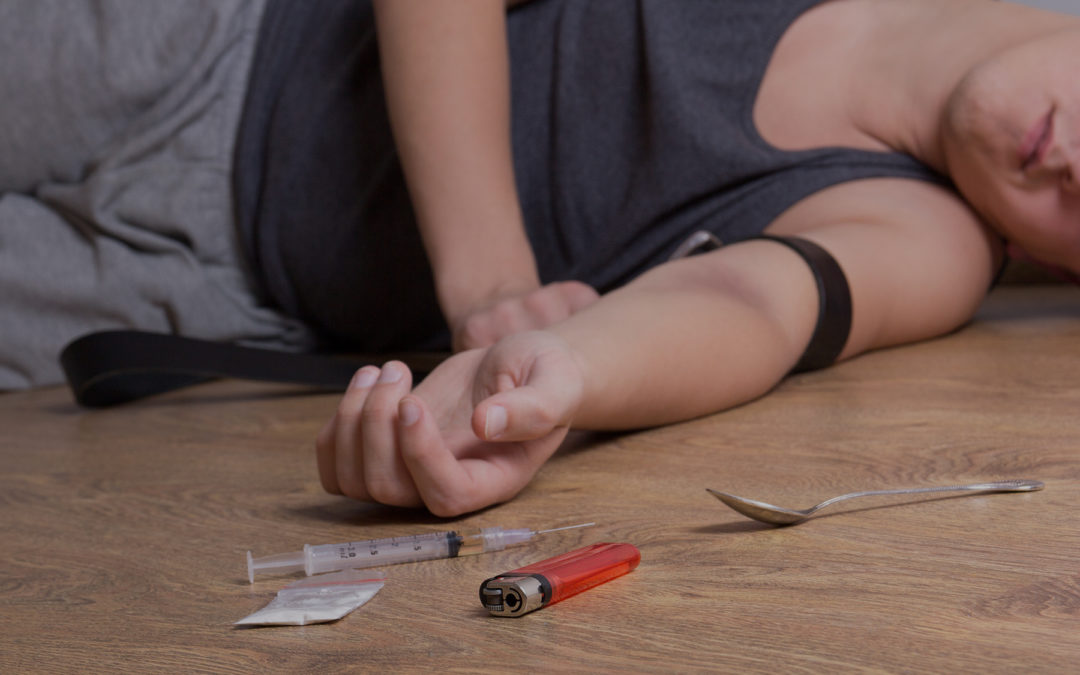What are Opioids?
Opioids is an umbrella term for natural or synthetic drugs that are derived from – or related to – the opium poppy. Opioids attach to receptors in the central nervous system, reducing pain signals to the brain. Commonly used opioids include oxycodone, morphine, codeine, heroin, fentanyl, methadone, and opium.
Signs of Overdose
Opioids dull the senses, induce relaxation and euphoria. They depress (slow down) breathing and the heart rate. In high doses, opioids depress the body’s natural urge to breathe. When someone is having an overdose they can stop breathing and may die. Even if a person does not die from overdose, they can sustain brain damage.
Signs of Overdose can Include:
- No response to stimuli
- Shallow/stopped breathing
- Can’t be woken up
- Unusual snoring/gurgling sounds
- Blue/grey lips or finger tips
- Floppy arms and legs
If you cannot get a response from someone, do not assume they are asleep. Unusual or deep snoring is a common sign of overdose. Do not let people at risk ‘sleep it off’.
Overdose Response
Sometimes it can take hours for someone to die from an opioid overdose. Action taken as soon as possible could save a life. If you think someone has overdosed, knowing how to respond is crucial:
- A Alert: Not responding to voice?
- B Breathing: Noisy? Shallow? Slow? Stopped? Strange snoring?
- C Color: For fair skinned people, blue or pale lips or fingertips? For darker skinned people, grayish or ashen lips skin color.
If you see any of these signs, you should immediately move to activate the response plan for opioid overdose. Before you act, check for dangers such as needles. Call an ambulance, tell the operator your location, and stay on the line. Try to get a response from the person by calling their name and/or giving a sternal rub (rub your knuckles firmly across their sternum). If you can’t get a response, put them in the recovery position allowing their airways to remain open.
The Recovery Position:
Support face place the arm nearest to you at the right angles to the body. Place their other hand against their cheek.
Lift Leg get hold of the for leg just above the knee and pull it up, keeping the foot flat on the ground.
Roll Over Keep their hand pressed against their cheek and pull on the upper leg to roll them towards you and onto their side.
If you HAVE narcan/naloxone:
- Assemble the naloxone ready for use and inject the full amount into the outer thigh or upper arm (or use nasal spray)
- Record the time of administration. Provide this information to paramedics when they arrive
- If the person is not breathing, apply rescue breathing (2 breathes every 5 seconds).
- If there has been no response after 3-5 minutes, give another dose of naloxone. Remember to record the time of administration
- Note: Naloxone will only temporarily reverse an overdose.
If you DO NOT HAVE narcan/naloxone:
- If the person is breathing, leave in recovery position and monitor breathing.
- If person is not breathing apply rescue breathing and continue until:
-
- The person starts to breathe on their own
- Ambulance arrives
– Someone else can take over for you
What NOT to do in the event of a suspected overdose:
- Do NOT leave the person alone.
- Do NOT give the person anything to eat or drink, or try to induce vomiting.

